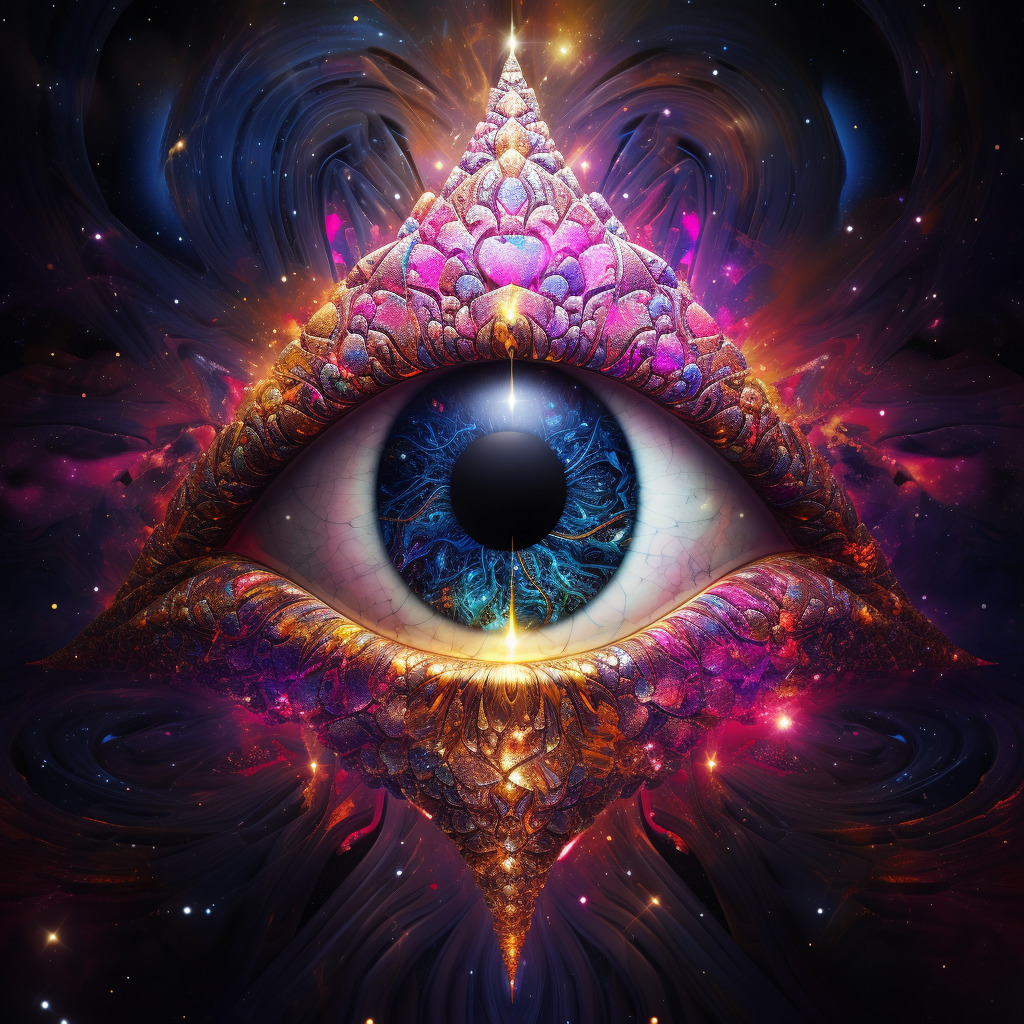In the vast expanse of human understanding, few concepts are as simultaneously enigmatic and central as the ego. The ego, often misconstrued as merely a synonym for pride or self-importance, actually encompasses the broader sense of personal identity. It is the ‘I’ that claims ownership of experiences, the ‘self’ that perceives itself as separate from the rest of existence. However, upon deeper introspection and philosophical inquiry, this seemingly solid ground of the ego begins to dissolve, revealing itself as an intricate illusion.
At its core, the ego is a mental construct, a narrative crafted by the mind to give coherence and continuity to our experiences. From childhood, we are taught to label and identify ourselves with various attributes – names, roles, beliefs, and physical characteristics. These labels, though useful in navigating societal structures, often become rigid identifiers that constrain our true nature.
The ego thrives on separation. It views the world through a lens of duality – self and other, mine and yours, us and them. This perspective is the root of much conflict and suffering, as it leads to attachment, possessiveness, and an unending pursuit of validation and fulfillment from external sources.
In many spiritual traditions, the ego is seen as ‘Maya’ or illusion. For instance, in Vedanta, a branch of Hindu philosophy, the concept of ‘Ahamkara’ or ego is considered one of the fundamental causes of our ignorance of our true self, which is Atman, the soul or universal consciousness. Similarly, Buddhism teaches about ‘Anatta’ or ‘non-self’, the understanding that there is no unchanging, permanent self, soul, or essence in living beings.
These philosophies suggest that what we consider as our ‘self’ is nothing but a transient aggregation of thoughts, emotions, and perceptions, constantly changing and devoid of independent existence.
So, how does one transcend this illusion of the ego? The journey begins with mindfulness and self-awareness. By observing our thoughts, emotions, and reactions, we start to recognize the patterns and narratives that the ego weaves. We notice how our sense of self is continually constructed and reconstructed based on our experiences and interactions.
Meditation is a profound tool in this exploration. It allows us to step back from our thoughts, to see them as mere mental events rather than the essence of who we are. Through meditation, we can experience moments of pure consciousness, devoid of ego, where the boundaries between self and other blur, and a sense of oneness and interconnectedness with the universe emerges.
As we peel away the layers of ego, what is revealed is a deeper, more fundamental aspect of our being. This true self is not defined by our personal histories, achievements, failures, or social status. It is a state of being that is connected with all existence, free from the limitations of ego-based identity.
In this space, we find a profound sense of peace and freedom. We understand that our true nature is much more than the sum of our thoughts and experiences. We are part of a larger, dynamic, ever-changing universe. Our actions stem from a place of love, compassion, and unity, rather than fear, separation, and competition.
The illusion of the ego is a powerful force, one that has shaped much of our individual and collective experience. However, as mystic philosophers and spiritual seekers have long suggested, transcending this illusion opens the door to a deeper understanding of life and existence. It is a journey of constant learning and unlearning, a path that leads us not just beyond the ego, but towards a more profound connection with the essence of all life.

